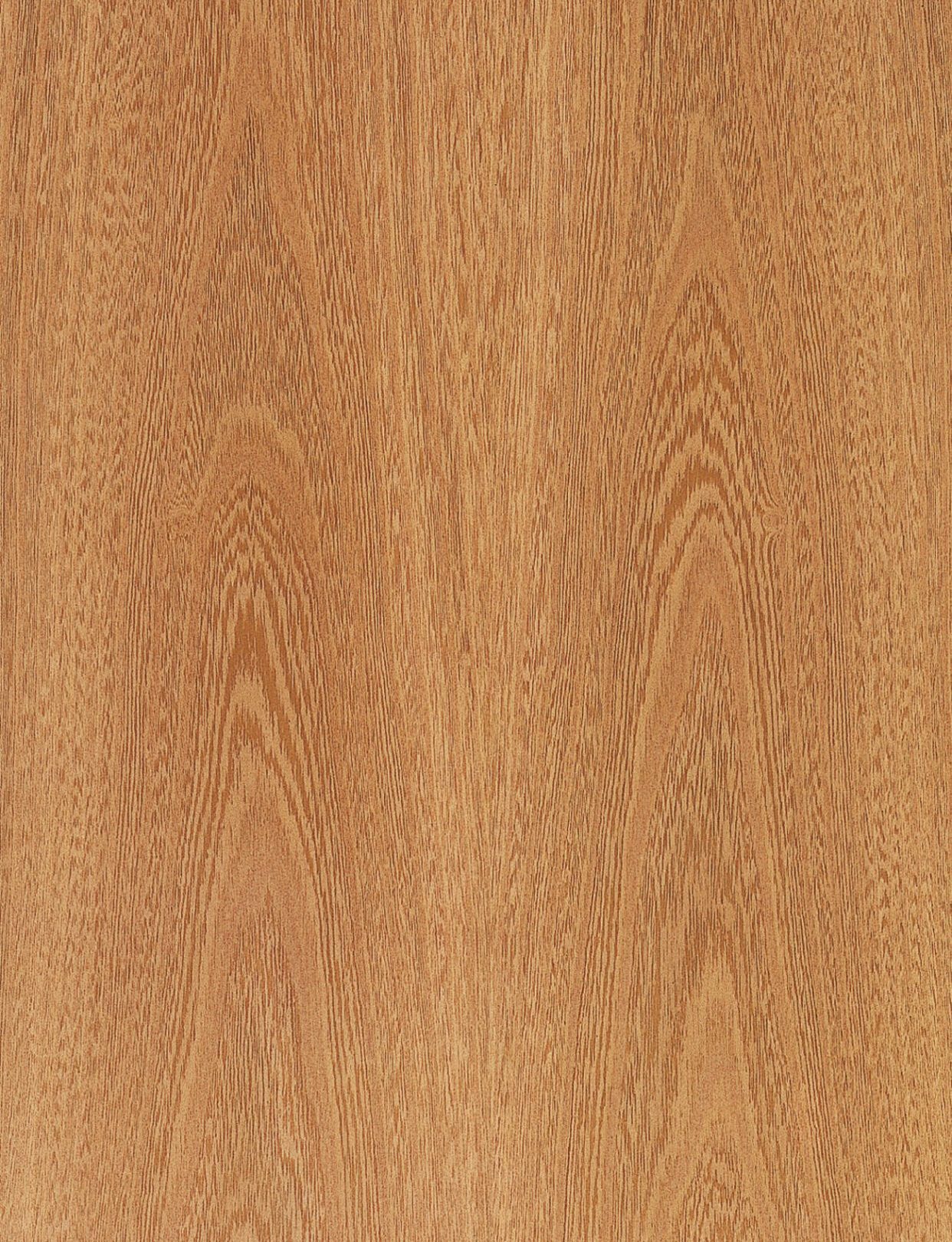
European Elm
Ulmus carpinifolia, Ulmus glabra

Trade Names
Dutch Elm, European Elm
Origin
Europe
Range
Europe. Generally in flat country but this tree can be found up to 4,300 feet above sea level. Today its existance is threatened by “ceratocystis ulmi”, a fungi brought into the Netherlands about 1920 which blocks the vessels and is spread by the elm bark beetle. A fashionable species of wood for furniture making in the fifties and sixties; the logs came from the Netherlands and Belgium where the elms were found most frequently alongside roads and in parks and had to be felled because the trees were dying. As a result one of the main defects were overgrown holes caused by the workmen’s “climbing irons” when lopping the branches off the trees growing along the avenues.
Uses
A fashionable species of wood for furniture and interior fixtures in the fifties and sixties. Readily used also in shipbuilding and civil hydraulic engineering due to its water resistance. Special wood for gymnasium equipment and tool handles. Suitable for turning and carving.
Properties
The heartwood is light to chocolate-brown in color and quickly darkens in the air. It feels coarse and slightly rough but is very decorative. There is a tendency to burl. The burl formation of Elm is a much wanted feature on the veneer market. Dutch Elm has a very apparent unpleasant odor .
Machining
Moderately to good working with all tools. Planing is difficult when tools are dull.
Seasoning
Drying must be carried out carefully and slowly since the wood tends to check and warp.
Finishing
The wood can be stained and varnished well.
Jointing
Glue, nail, and screw joints hold well.

